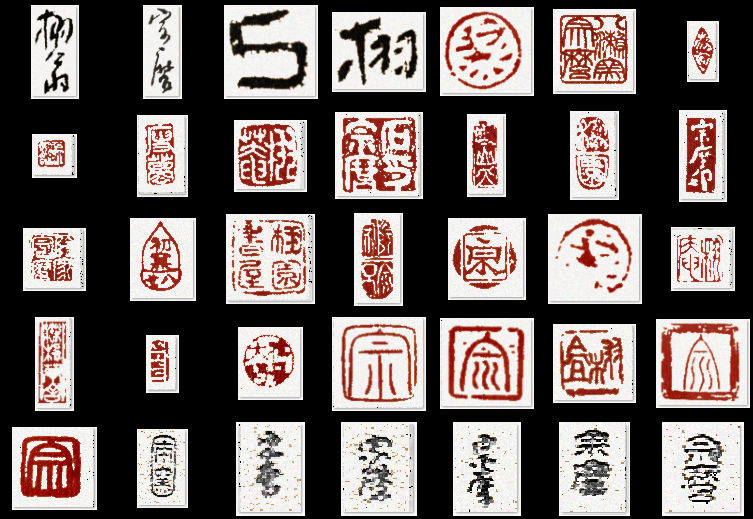
famous japanese pottery marks
Nearly every one of the 47 prefectures in Japan makes their own unique ceramic ware, using locally available materials, from earthy unadorned clay bowls to highly decorative white porcelain. This great variety of Japanese ceramics tend to be named according to their place of origin, including Tokoname ware, Bizen ware, Kyoto ware, and many more.
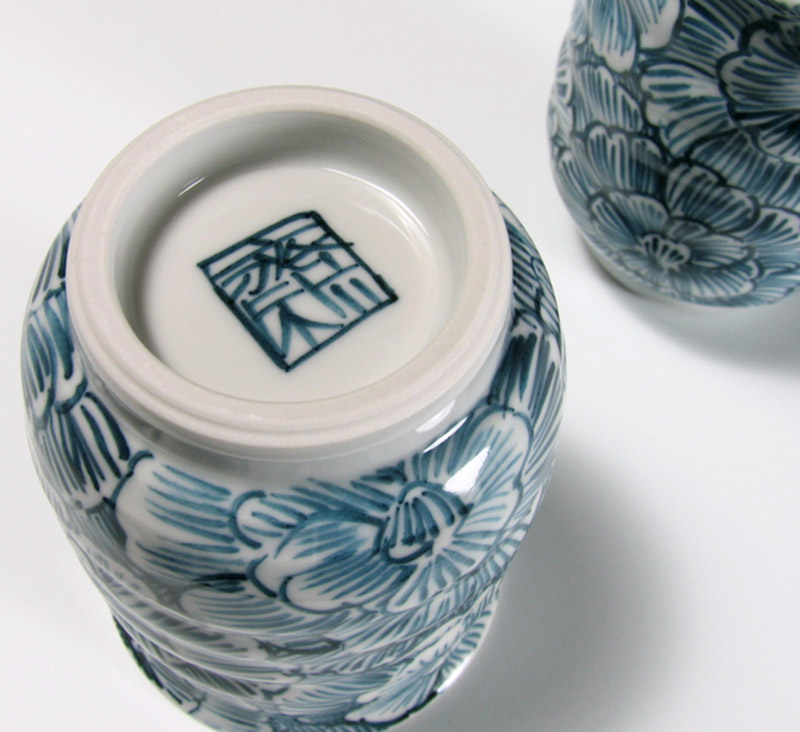
Japanese Pottery & Porcelain Marks · Identify your ceramics
Japanese seals & marking The production of Kutani ceramics can be separated into several periods : 1) End of Edo period (up to 1868) The potters and painters mainly marked their ceramics with a - 福 - Fuku mark. Therefore it is difficult to identify the kiln just from the mark.

Modern Japanese Pottery and Porcelain Marks (窯印) August 2011
Japanese pottery marks can provide valuable information about the origins, authenticity, and quality of a piece of pottery. By learning to recognize and decipher these marks, collectors and enthusiasts can gain a deeper understanding of Japanese pottery and its history. Types of Japanese Pottery Marks

chinese pottery marks Google Search 붓글씨, 제본, 손글씨
Hamada Shoji (1894-1978) Hamada Shoji was a renowned craftsman and representative figure in modern Japanese pottery. Born in Tokyo in 1894, he resolved to become a potter while still a student at Furitsuicchu (the Tokyo First Prefectural Jr. High School, Hibiya high school at present).
Japanese porcelain mark (presumably handmade), any clues? r/Hallmarks
What is the Value of your Made in Japan Ceramics? V iew more in our Made in Japan Price Guide. Price Guide Made in Japan In Price Guide VTG OCCUPIED JAPAN SCATTERED ROSES 7 Dinner Plates Gold Trim Rose Design 10" Diamond China, 'Roslyn', 2 luncheon plates, one made in 'Occupied Japan'.
Japanese Imari Porcelain Marks Antiques Board
JAPANESE POTTERY MARKS . They are used to identify and date the pieces, by means of color or incision, generally on the base of the pieces. For example, the Kaga no Kuni mark, which means "from Kutani", is typical of pieces made in that region. This mark was first used in the early 20th century. It reflects the Kutani influence on the.

Pottery marks, Chinese pottery, Japanese porcelain
Potter's Marks Identify the maker of your Japanese ceramics In alphabetical order: I kai Yūichi Ikai Yūichi's works are signed or stamped around the footring with the kanji character for "Yuichi" - his given name. The wooden presentation box is signed with the same name and stamped. » view » view » view Box Signing Video » view K amada Kōji

ANTIQUE PLATE FINE PORCELAIN JAPAN 20 century handpainted Geisha mark
The vision of the Sodeisha artists shaped the future of Japanese art. The Georgia Museum of Art at the University of Georgia is presenting the show "Contemporary Japanese Ceramics from the Horvitz Collection" from September 5, 2020, to September 26, 2021. The show represents three generations of artists, some of whom were part of the.

Kaasdoek Japanese pottery marks identification
This page lists some of the many maker's marks found on antique Japanese porcelain and ceramic objects including Arita porcelain, Kutani porcelain, Seto porcelain, Satsuma pottery and others. Listed are also some modern Japanese porcelain marks. We regularly update this page. Last updated: December 2023 Need more help?
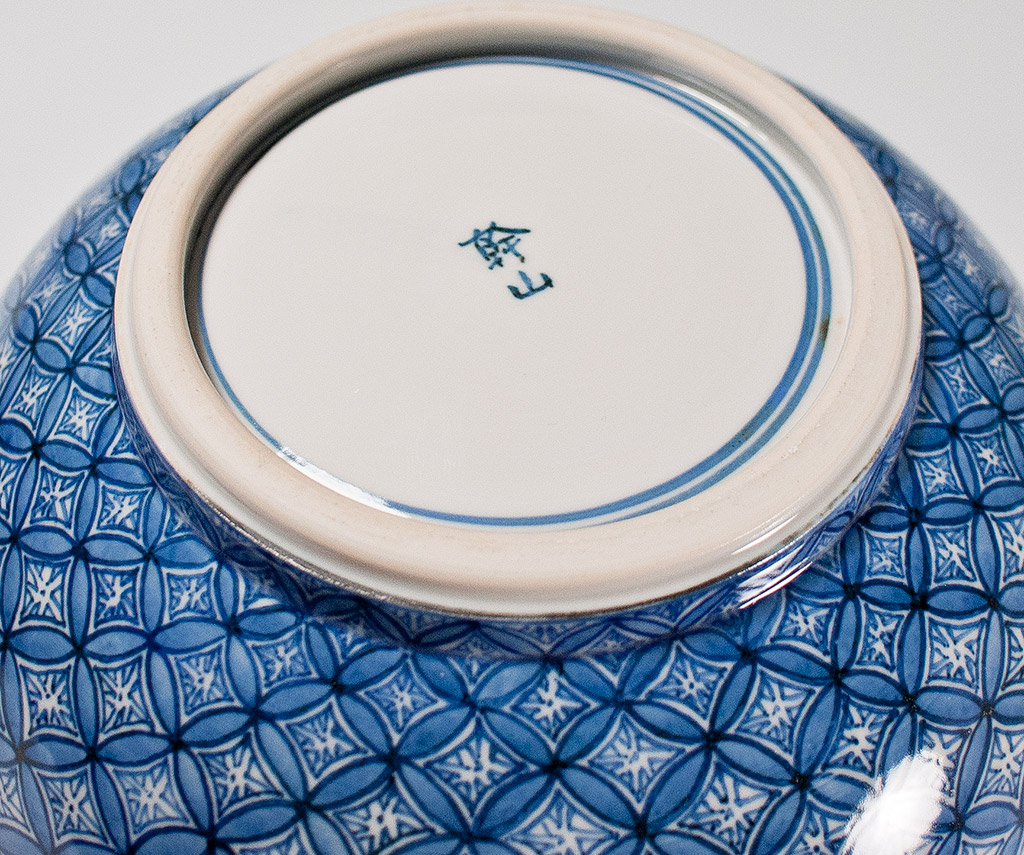
Japanese Pottery & Porcelain Marks · Identify your ceramics
Japanese ceramists and potters took inspiration from their East Asian artistic counterparts by transforming and translating the Chinese and Korean prototypes into a uniquely Japanese creation, with the resultant form being distinctly Japanese in character.
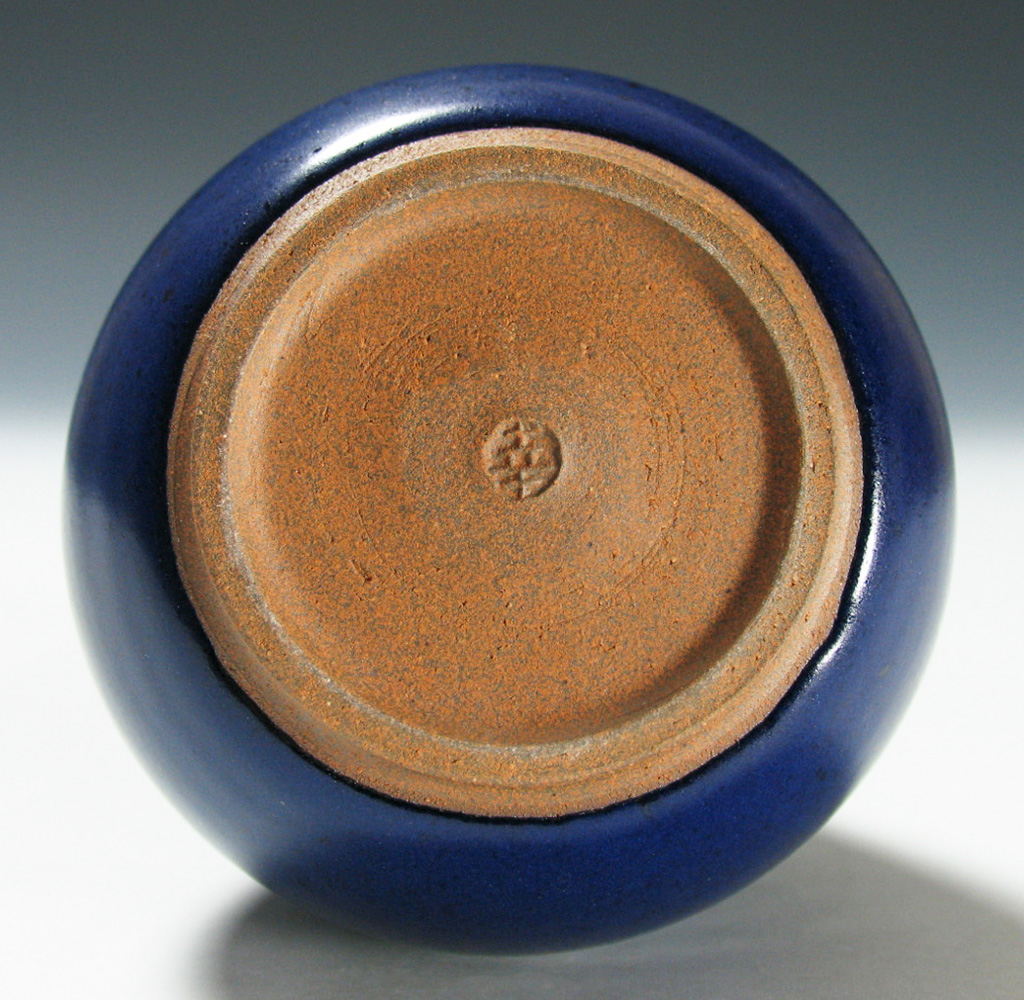
Japanese Pottery & Porcelain Marks · Identify your ceramics
While Japan has a rich history of workshops across the country that have produced consistently high quality ceramics across the past few hundred years, there are several notable studio potters worthy of mention. Shoji Hamada (1894-1978) Area: Tochigi Prefecture A large Flask Bottle, Bottle, 1960's stoneware, nuka glaze over tenmoku, Shoji Hamada.
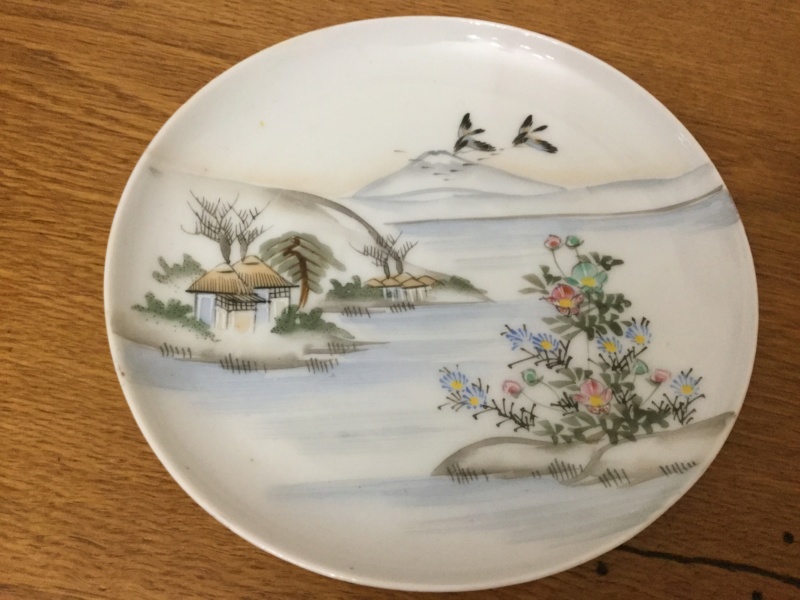
Japanese fine bone cup and saucer help with marks please
From 1921-1941, wares from Japan exported to the United States had to be marked "Japan" or "Made in Japan". During World War II most ceramics factories (for exports) ceased, except Noritake (see Japanese Ceramics of the Last 100 Years, by Irene Stitt pg 167). After the war exports were labled "Made in Occupied Japan".

766 best pottery marks images on Pinterest Ceramic pottery, Ceramic
Arita, Imari and Karatsu (Saga) Arita, Imari and Karatsu ceramic and porcelain goods are the most well-known in the realm of Japanese ceramics. The trifecta comes from Kyushu's Saga Prefecture. While the three are considerably different, together they represent the vast range of style, colors and products you can find in Japan.
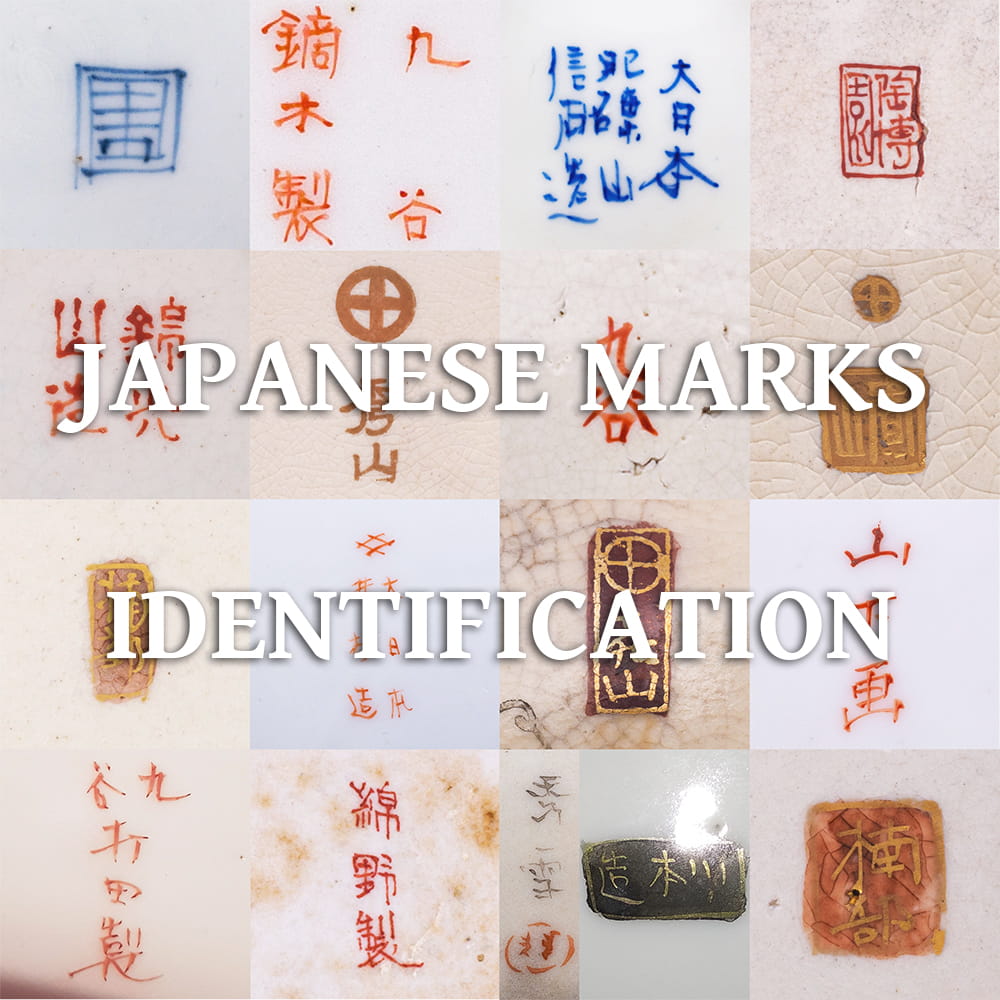
sponsorisé Poussée clair japanese porcelain vase marks guérir Pickering
Including various marks from a range of British, American, and European pottery and porcelain manufacturers. Adams Ironstone c1962. Bishop & Stonier Bisto Mark. Capodimonte Crowned N. Capodimonte N artist T Galli. Choisy le Roi French c1930. Crown Devon c1917 to c1930. Crown Devon c1930 on. Ernst Wahliss Vienna Mark.

Antique Pottery Makers' Marks Japanese Porcelain & Pottery Marks
Marks On Ceramics From Japan In 1890 the United States government passed a law requiring the country of origin to be written on all imports to the United States. Nippon, the Japanese word for Japan, was added to many pieces beginning in 1891. To read this article — and over 25,000 more — try Kovels Membership FREE for 7 Days

Modern Japanese Pottery and Porcelain Marks (窯印) MINO YAKI (美濃焼き
10,000 marks and 3,900 potters. Search. Search. Categories. Categories A character. 2 characters. 3 characters. Types of Japanese pottery and porcelain